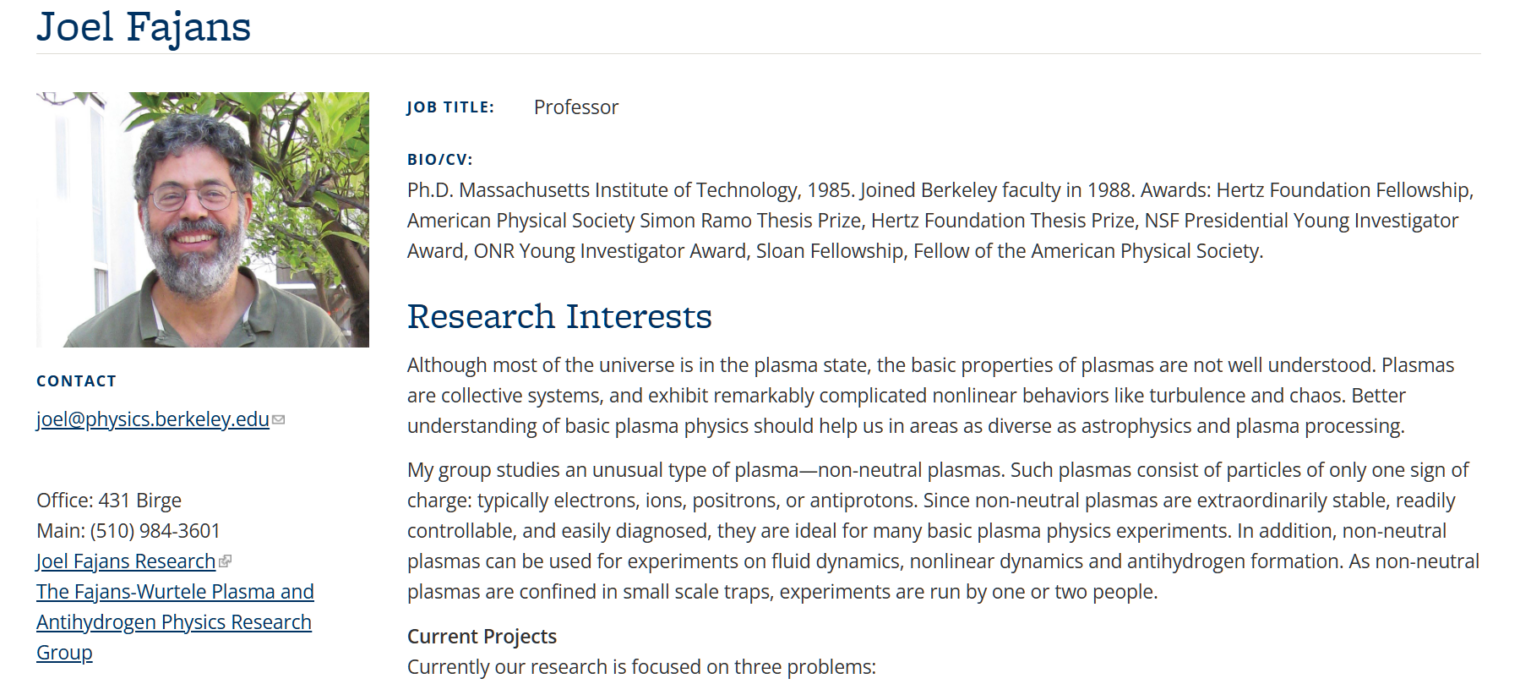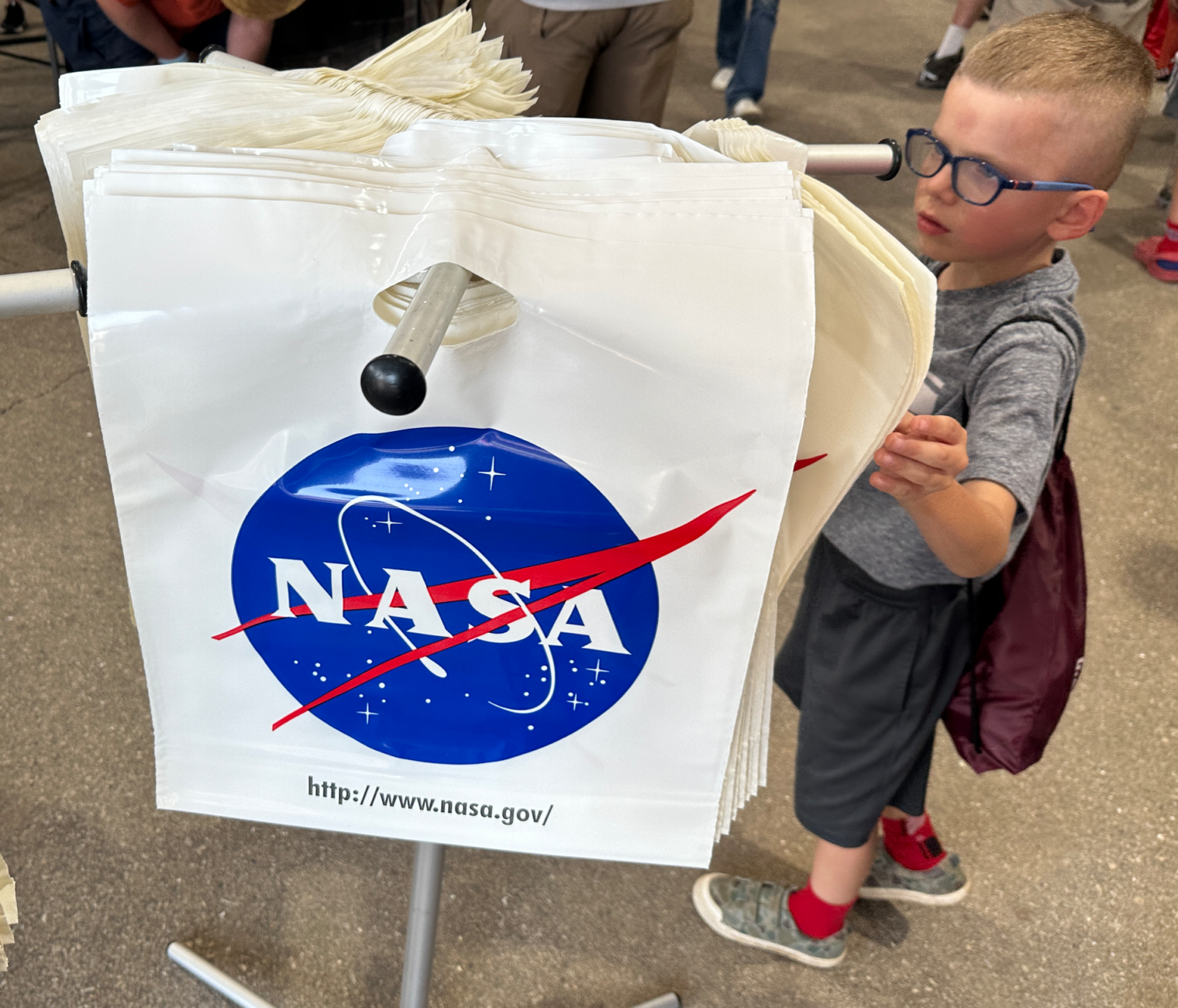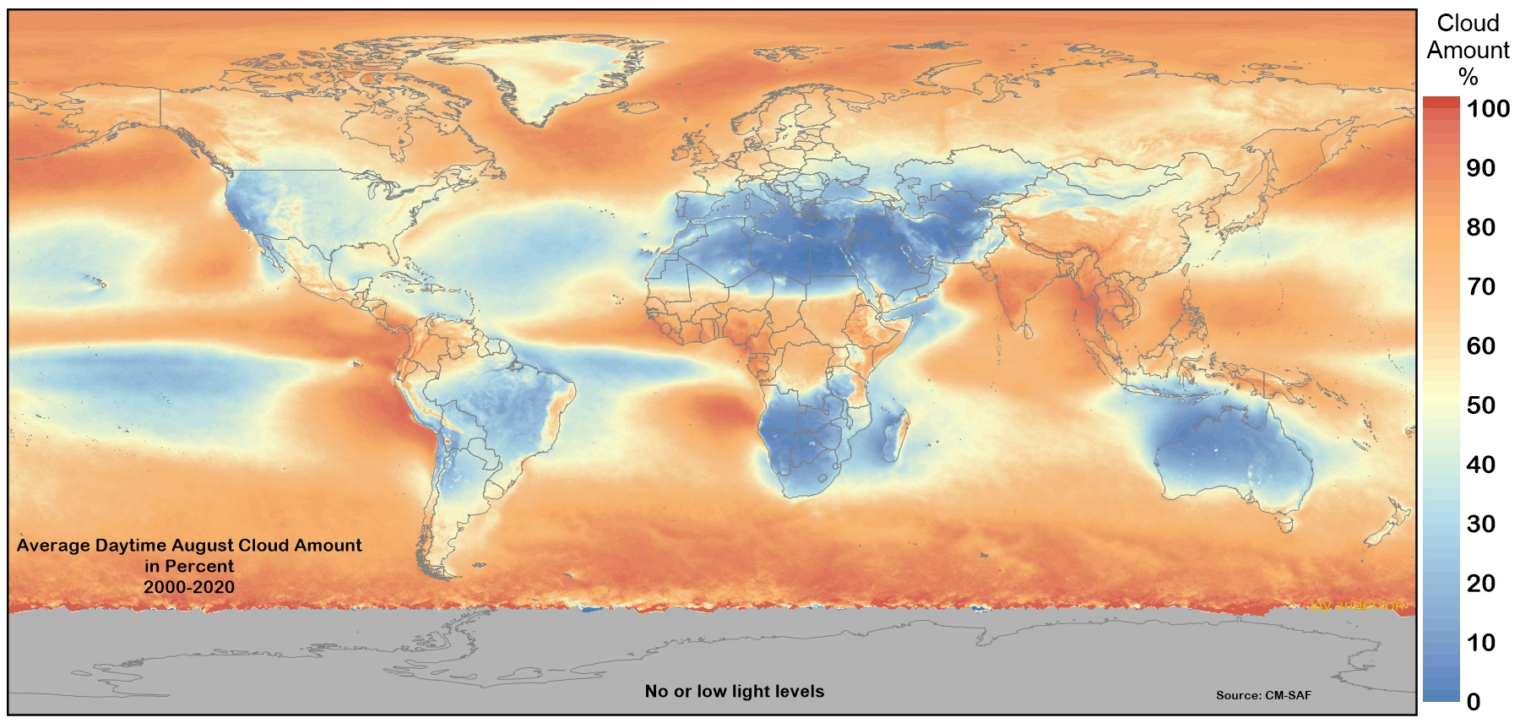Reengineering science education to concentrate on the unknown
I recently finished Into the Impossible Volume 2: Focus Like a Nobel Prize Winner: Lessons from Laureates to Concentrate Your Creativity and Ignite Your Career by Brian Keating. One of my favorite quotes from these interviews with Nobel laureates:
Donna Strickland: I think the biggest mistake we make in teaching, all the way up through undergrad, is teaching what science we already know. Science is not about knowing; it’s about figuring out how to ask the question why. It’s not about learning how everything else has already been done. That’s not to say we don’t need that, but we should instruct them to ask the right questions as opposed to knowing the answers. … As students, you’re always taught that you’re not going to succeed unless you know all the answers. The higher you go in science, the fewer answers there are. The goal is not to have the answers but, first, to be able to ask the right questions.
Especially now that Grok and ChatGPT know all of the answers, why not reengineer education around trying to answer new questions? Young people would still have to do the drudgery of learning the answers to old questions, of course, but they’d be doing that in the context of trying to make some progress on an unanswered question. The same thinking would enliven our nation’s science museums, most of which explicitly say “the Science is settled”.
I’m not sure that the book lives up to the “ignite your career” promise from the title, unless the strategy to “ignite your career in Science” is to quit and do medicine instead. Donna Strickland echoes what I wrote in “Women in Science” (2006; “This article explores this fourth possible explanation for the dearth of women in science: They found better jobs.”):
Keating: What are your feelings on how the status of women has changed over your career, and where do you see it going?
Strickland: Well, it’s changed, but I don’t think that’s the point. The point is that physics itself is not appreciated highly by society. All these other issues, why they say women don’t want to do physics, would have been true in medicine as well—and yet now more women go into medicine than men. Parents still tell children that are good in science to become doctors. If you get paid well, society says, “We value this.” Physics is not one of those valued things; it doesn’t matter if you’re a man or a woman…
Many of the interviewees point out that there is a huge overproduction of PhDs relative to the number of sought-after academic jobs and that the chance of career success is low. A book like this, in which Nobel laureates are interviewed, is almost the definition of sample bias. Undergrads at a Queers for Palestine League university fall prey to this as well. The freshman at MIT or Yale subconsciously absorbs that being a tenured biology professor at MIT or Yale is a typical outcome for someone with a biology PhD because tenured biology professors are the only PhD biologists that the freshman has encountered.
The book contains some information that is misleading, e.g.,
For example, even with a doubling of salary, you’re not likely to register a doubling in well-being. In fact, the effect of wealth has been shown to be nonlinear. Beyond a certain income threshold, happiness saturates, leading to a diminishment in returns beyond, according to Nobel Prize–winner Daniel Kahneman.
See “Money Buys Happiness, Even if You’re Already Rich” (Wall Street Journal 2024):
A 10% raise delivers a similar boost in satisfaction across income levels, research finds
A big raise provides significant boosts in happiness even at household incomes of $500,000, according to a new research report.
A wealth of research has long shown that more money makes a big difference to people with low pay, moving them from insecurity to stability. Above that level, the effect is often assumed to be much smaller.
But according to a paper by Matt Killingsworth, a senior fellow at the University of Pennsylvania’s Wharton School, the bonuses and leaps in income high earners reap are so large that they keep adding to well-being in the same way that smaller pay bumps do at lower tiers of earnings.
So it’s true that a $1 raise doesn’t make a Wall Street hero significantly happier, but there isn’t a diminishing return to a 10 percent raise.
The book reminds us that academics all around the world love to see elites locking down the peasants. Tim Palmer, a senior citizen physicist in the UK, celebrates the fact that eventually the rulers of the UK locked down their young healthy subjects in an attempt to slow the spread of a disease that kills 80-year-olds:
Palmer: It’s a tough problem. As a scientist, we can’t make decisions. All I can do is lay out the signs as clearly as possible and hope the politicians get it. At least in the UK, politicians did get it eventually with COVID. They were slow on the uptake—and the science, of course, was pretty uncertain in the initial phase, largely because a lot of people were asymptomatic—but they did get it eventually.
Of course, the UK had a higher COVID-tagged death rate than do-almost-nothing Sweden and a higher rate of excess deaths compared to do-almost-nothing Sweden. The lockdowns in the UK were spectacular failures, in other words, by the advertised standards of the Covidcrats (minimize Covid-tagged deaths even if it drives up long-term deaths from other causes, such as unemployment, sedentary lockdown lifestyle, alcohol consumption, deferred health care, and lack of education) and yet the Nobel-winning genius considers the muscular Science-informed public policy to have been a success.
Let’s circle back to the issue of victimization by gender ID. Donna Strickland again:
The problem in the seventies, in my time, is that women were told we could do anything, but the men weren’t told you also have to do your share. When Maria Goeppert Mayer won her Nobel Prize [in 1963], the newspaper wrote, “San Diego housewife wins Nobel Prize.” Everybody said it’s OK that she’s doing science because she’s also doing all her women’s jobs too. Well, this is not possible. It’s not possible for us to be twice as much. We will have around-the-world gender equity when we also let men look after children and the elderly. It bothered me during COVID-19 that it was like, “Well, all the women have to lose their jobs because they’re the ones who look after kids and the elderly.” I don’t think women are more caring than men. That’s just as offensive as saying women aren’t as smart as men. If everybody did their share, then everybody could have an equal shot at it.
She doesn’t want “everybody to do their share” on construction sites, on Florida roofs in July, or on oil rigs, but rather wants men to relieve women of some onerous household chores, such as putting shirts into electric washing machines and dishes into automatic dishwashers. She is echoing Bill Burr on the subject of a job that can be done in one’s pajamas being the hardest job in the world:
Let’s close with a Nobel nerd’s prediction of where we end up relative to our AI overlords:
Full post, including commentsGeradus ’t Hooft: I expect there will be an intelligence so smart that Einstein, Feynman, and ’t Hooft would all look like primitive gorillas. The point is that all abilities of biological life forms can be copied by human engineers: we make houses taller than trees, dig holes deeper than moles can, we can fly faster and higher than birds, with much heavier machines, and so on. So why can we not produce brains that work better than the human brain? Well, biology took millions of years to create us; our machines are only a few centuries old, and we’ll get there and beyond. I do not quite follow the ideas AI engineers are using. I think it could be done better, but comparing the previously mentioned examples, people will make many different AI machines, each for their own particular purposes.



















